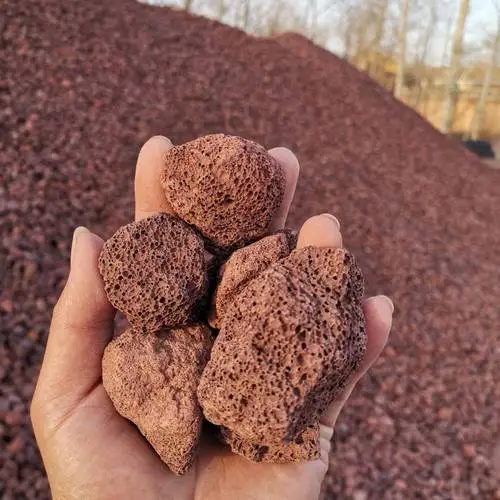
reduced iron powder
Understanding Reduced Iron Powder Properties, Production, and Applications
Reduced iron powder, often referred to as sponge iron or reduced iron, is a versatile material with significant applications across various industries. This fine powder, primarily composed of iron, is produced through the reduction of iron ore or iron oxide. The unique characteristics of reduced iron powder make it an essential ingredient in manufacturing and metallurgical processes.
Production Process
The production of reduced iron powder involves several steps. Initially, iron ore, typically in the form of hematite (Fe2O3) or magnetite (Fe3O4), is subjected to a reduction process. This step typically takes place in a controlled environment using a reducing agent, most commonly hydrogen or carbon monoxide.
In industrial settings, iron ore pellets are heated in a furnace, which allows the reducing agents to react with the iron oxides. The result is a porous mass of metallic iron, or sponge iron, which is then mechanically pulverized into fine powder. This powder can vary in mesh size and can be produced to meet specific customer requirements based on the intended application.
Properties
Reduced iron powder possesses distinct properties that contribute to its utility. One of its most notable characteristics is its high purity level, often exceeding 98% iron content. This high purity is crucial for applications demanding precision and quality.
The powder's physical properties include a relatively low density and high surface area, which increase its reactivity. The porous structure of reduced iron enhances its ability to absorb moisture and other substances, making it a valuable component in various chemical processes.
Furthermore, reduced iron exhibits excellent magnetic properties, which can be harnessed in applications such as computer memory storage and in the production of magnetic materials.
reduced iron powder

Applications
The applications of reduced iron powder are vast and varied. One primary use is in the manufacturing of iron-based powders for powder metallurgy. In this process, the reduced iron powder is mixed with other metal powders and compacted under pressure to form shapes which are then sintered. This technique is widely employed in the automotive and aerospace industries for producing mechanical components that require high strength and durability.
Another critical application of reduced iron powder lies in the production of ferrous alloys and specialty steels. These materials benefit from the enhanced mechanical properties imparted by the inclusion of reduced iron powder, ultimately resulting in products such as gears, shafts, and structural components.
In the field of construction, reduced iron powder can function as a reducing agent in the manufacture of cement and other building materials. Its ability to absorb volatile elements aids in producing high-quality, long-lasting products.
Furthermore, the chemical industry utilizes reduced iron powder in various applications, including wastewater treatment and as a catalyst in chemical reactions. Its reactivity makes it suitable for processes requiring effective reduction or neutralization of pollutants.
Environmental Impact and Sustainability
As we strive for a sustainable future, reduced iron powder has gained attention for its potential to reduce carbon emissions during iron production. Traditional methods of iron and steel manufacturing often rely on coking coal, which contributes significantly to greenhouse gas emissions. In contrast, the production of reduced iron powder through direct reduction using hydrogen offers a cleaner alternative. This method allows for the coupling of renewable energy resources, thus promoting a more sustainable approach to iron production.
Conclusion
In summary, reduced iron powder is a vital material with extensive applications across various sectors. Its properties, derived from its unique production process, make it suitable for manufacturing, chemical processing, and environmental applications. As industries become increasingly focused on sustainability, reduced iron powder holds promise in contributing to cleaner production methods and advancing innovative solutions within the realm of metallurgy and beyond. The ongoing research and development in this field will likely unveil even more applications, solidifying reduced iron powder's role as an essential component in modern manufacturing and environmental practices.
Share
-
Vermiculite Wholesale – Premium Quality, Bulk Supply & Competitive PricingNewsJun.10,2025
-
Premium Glass Pebbles Custom Glass Pebbles Factory & OEM Manufacturer Reliable Custom Glass Pebbles FactoriesNewsJun.10,2025
-
Expert Custom Zeolite Producers Manufacturers & FactoriesNewsJun.10,2025
-
Custom Glow in the Dark Beads High-Quality Custom ManufacturersNewsJun.10,2025
-
China Ceramsite Balls Factory - Lightweight & Durable Media Solutions ManufacturerNewsJun.09,2025
-
Custom Matte Mica Powder Manufacturers High Quality & AffordableNewsJun.09,2025






